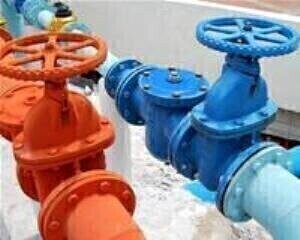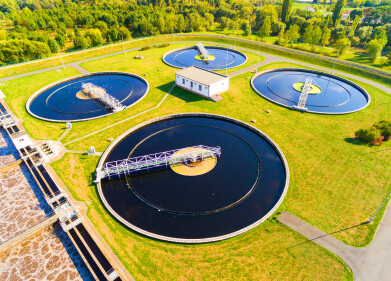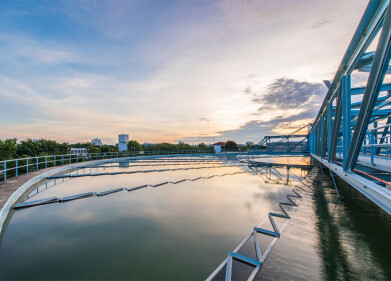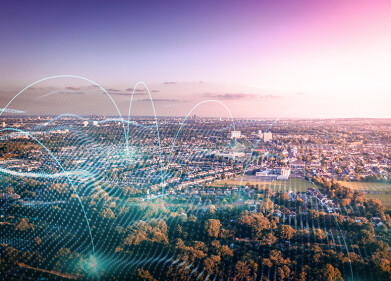Water/Wastewater
What Pollutants are Produced by Desalination?
Feb 10 2023
Desalination is the process of removing salt and other minerals from seawater to produce fresh water. This process is becoming increasingly important as the global demand for fresh water continues to grow and freshwater sources become increasingly scarce. However, desalination is not without its drawbacks. One of the biggest environmental concerns associated with desalination is the pollution that results from the process.
One of the main sources of pollution from desalination is the brine waste generated during the process. Brine is the highly concentrated, salt-rich water that is produced as a by-product of desalination. The brine is often discharged back into the ocean, where it can have negative impacts on the marine environment. The high salt content of brine can cause changes in the water chemistry and harm aquatic life, including fish, crustaceans, and other marine organisms. The brine can also create "dead zones" in the ocean, where the increased salinity makes it difficult for other species to survive.
Another source of pollution from desalination is the chemicals used in the process. Desalination requires the use of various chemicals, including antifoulants, biocides, and disinfectants, to keep the equipment clean and free of biofouling. These chemicals can be harmful to the environment if they are not properly managed and disposed of. In addition, some desalination processes also require the use of energy-intensive pumps and membranes, which can consume significant amounts of electricity and contribute to greenhouse gas emissions.
The disposal of desalination residuals, such as filter backwash and concentrate, is another source of pollution associated with the process. These residuals can contain high levels of dissolved solids and other pollutants, including heavy metals, organic matter, and pathogens, which can pose risks to human health and the environment if they are not properly managed.
In addition to the pollution generated during the desalination process itself, the construction and operation of desalination plants can also have negative impacts on the environment. For example, the construction of new desalination plants can cause damage to sensitive habitats, such as wetlands and intertidal zones, and may lead to the displacement of wildlife and other species. The large scale infrastructure required for desalination can also lead to the degradation of natural resources, such as sand, gravel, and minerals, which can cause long-term impacts on the environment.
Furthermore, the transport and distribution of desalinated water can also contribute to pollution and environmental degradation. This can occur through the release of pollutants during transportation, such as spills and leaks from pipelines, as well as the release of chemicals and other pollutants from treatment facilities.
Despite these challenges, there are several steps that can be taken to minimize the pollution associated with desalination. For example, the use of alternative, more environmentally friendly technologies, such as reverse osmosis and solar desalination, can help to reduce the pollution associated with desalination. In addition, improvements in the management and disposal of brine and other desalination residuals can help to minimize the environmental impacts of the process.
In conclusion, desalination is an important tool for meeting the growing demand for fresh water, but it is not without its environmental challenges. The pollution that results from the process can have negative impacts on the marine environment, as well as human health and well-being. To address these challenges, it is important to adopt environmentally sustainable practices and technologies, and to invest in the research and development of alternative solutions that are less damaging to the environment. Only by working together to reduce the pollution associated with desalination can we ensure that this critical resource is available for future generations.
Digital Edition
IET 34.2 March 2024
April 2024
Gas Detection - Biogas batch fermentation system for laboratory use with automatic gas analysis in real time Water/Wastewater - Upcycling sensors for sustainable nature management - Prist...
View all digital editions
Events
Apr 22 2024 Hannover, Germany
Apr 22 2024 Marrakech, Morroco
Apr 23 2024 Kuala Lumpur, Malaysia
Apr 23 2024 Kintex, South Korea
Apr 23 2024 Edmonton, AB, Canada



















